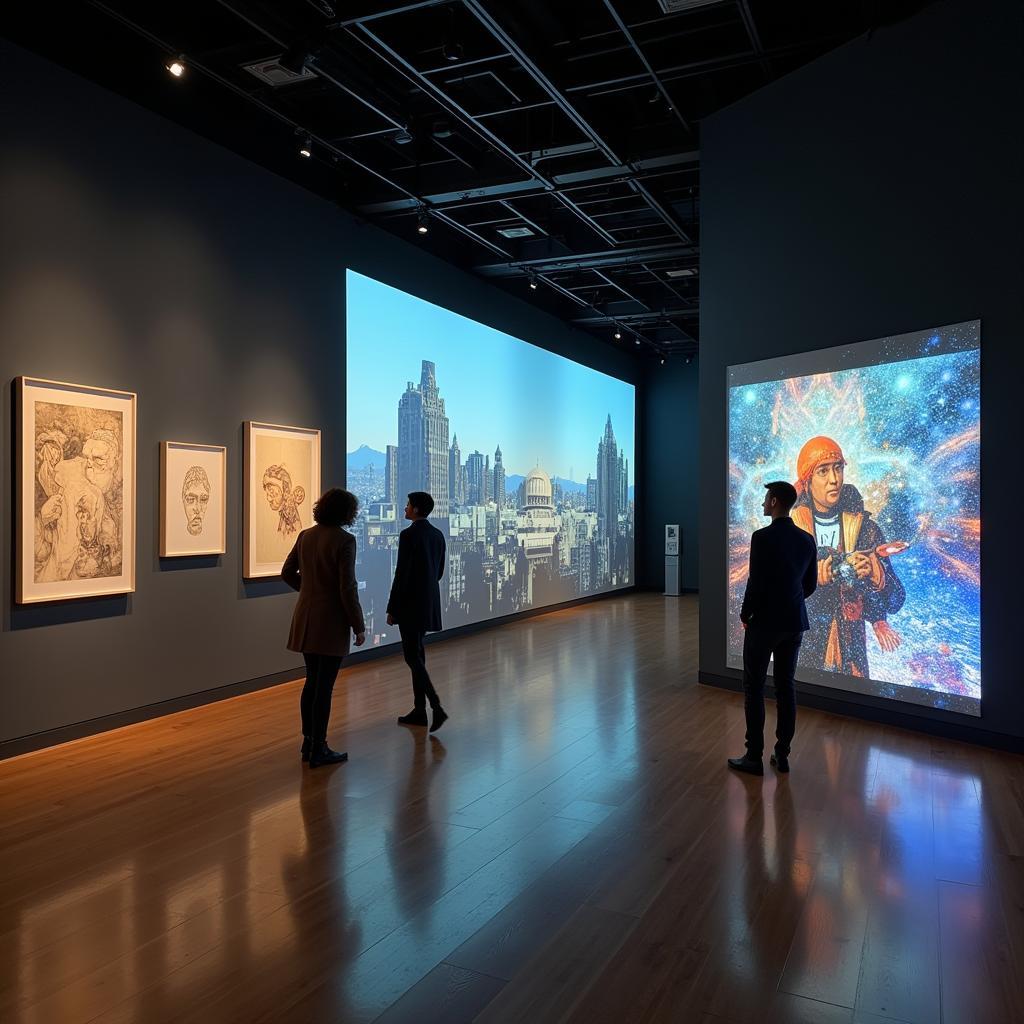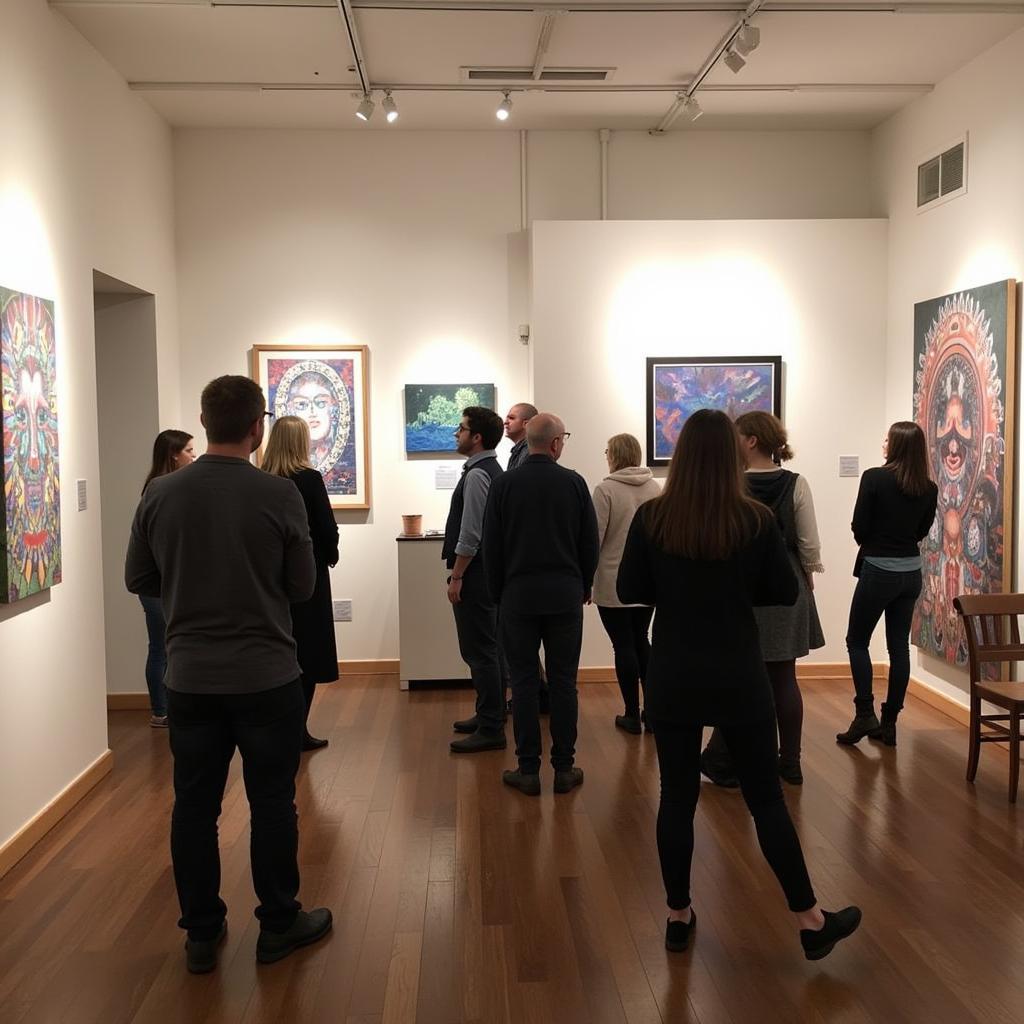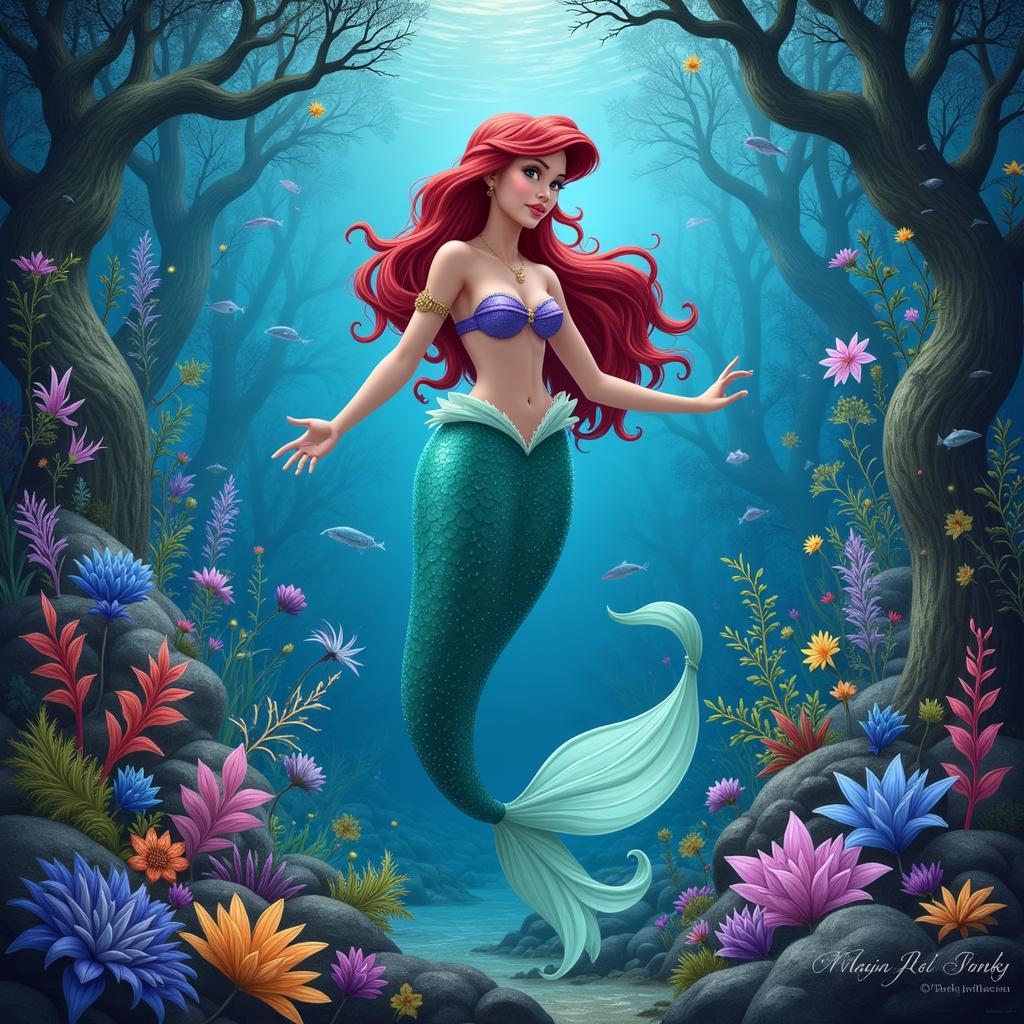Bridging the Gap: Exploring the Interplay of Physical Arts and Digital Creativity
Physical Arts, encompassing a vast range of creative expressions from painting and sculpture to pottery and textiles, have long held a central place in human culture. But in our increasingly digital world, how do these traditional art forms interact with the ever-evolving landscape of digital creativity? This exploration delves into the fascinating interplay between physical and digital, uncovering how they enhance and inspire each other, leading to innovative and captivating artistic experiences.
The Digital Influence on Physical Arts
Digital tools are revolutionizing the way physical art is created, shared, and experienced. From 3D modeling software assisting sculptors in visualizing their creations to digital painting programs offering artists a vast palette of colors and effects, technology is empowering artists to push the boundaries of their craft. Digital fabrication techniques like 3D printing and laser cutting are opening up exciting new possibilities for creating intricate and complex physical artworks. Furthermore, online platforms provide artists with global reach, enabling them to connect with audiences and fellow creators in ways never before imagined. Imagine sculpting intricate designs with the aid of 3D modeling, then bringing them to life with a 3D printer! This fusion of physical and digital opens up a world of artistic possibilities.
What are some benefits of incorporating digital tools into physical art practices? Digital tools can enhance precision, expand creative possibilities, and streamline workflows for physical artists.
Physical Arts Inspiring Digital Creation
The influence flows both ways. The tangible, tactile nature of physical arts serves as a rich source of inspiration for digital artists. The textures of a woven tapestry, the interplay of light and shadow on a sculpted form, the vibrant hues of a painted canvas – these elements can be translated into the digital realm, creating stunning visual experiences. Digital artists are drawing inspiration from traditional art forms, incorporating elements of painting, sculpture, and even calligraphy into their digital creations. This cross-pollination of ideas fosters a dynamic exchange, enriching both physical and digital art forms. Consider the way a digital artist might recreate the brushstrokes of a Van Gogh painting using a stylus and tablet, capturing the essence of the original artwork in a digital medium.
Physical Arts in a Digital World: Challenges and Opportunities
While the integration of physical arts and digital technologies presents exciting opportunities, it also poses some challenges. Preserving the authenticity and value of physical art in a digital age, protecting intellectual property, and bridging the gap between traditional and digital art communities are all important considerations. However, the opportunities far outweigh the challenges. By embracing digital tools and platforms, physical artists can expand their reach, connect with new audiences, and explore innovative ways to create and share their work. Digital platforms also democratize access to art education, making it easier for aspiring artists to learn and grow.
 Challenges and opportunities for physical arts in the digital age
Challenges and opportunities for physical arts in the digital age
How can physical artists leverage digital platforms to enhance their careers? Building an online presence, engaging with online communities, and exploring online marketplaces are all effective strategies for physical artists to expand their reach and connect with new audiences in the digital age.
The Future of the Interplay: A Seamless Fusion
The lines between physical and digital art are blurring. We are witnessing the emergence of hybrid art forms that seamlessly blend the tangible and intangible, the physical and the virtual. Augmented reality experiences that overlay digital information onto physical artworks, interactive installations that respond to the viewer’s touch, and 3D printed sculptures generated from digital designs – these are just a few examples of how the future of art is being shaped by the dynamic interplay between physical and digital. What will the future hold? Perhaps we will see entirely new art forms emerge from this exciting fusion.
What emerging technologies are likely to further blur the lines between physical and digital art? Advancements in areas like virtual reality, augmented reality, artificial intelligence, and blockchain technology hold immense potential for reshaping the art world and further blurring the lines between physical and digital creation.
In conclusion, the relationship between physical arts and digital creativity is not one of competition, but of collaboration. By embracing the strengths of both worlds, artists can create innovative and captivating experiences that push the boundaries of artistic expression. Physical arts provide a rich foundation for digital exploration, while digital tools empower artists to create, share, and experience art in new and exciting ways. The future of art lies in this dynamic interplay, a seamless fusion of the tangible and the intangible.
FAQ
- How can I use digital tools to improve my traditional painting skills?
- What are some examples of artists who successfully combine physical and digital art forms?
- Are there online resources available for learning about digital fabrication techniques?
- How can I protect my intellectual property when sharing my physical artwork online?
- What are the ethical considerations surrounding the use of digital technology in art creation?
- Where can I find online communities for artists working with both physical and digital mediums?
- What are some tips for photographing physical artwork for online display?
Need help? Contact us 24/7. Phone: 02462573573, Email: [email protected]. Visit us at Savico Megamall, 7-9 Đ. Nguyễn Văn Linh, Gia Thụy, Long Biên, Hà Nội 10000, Việt Nam.



